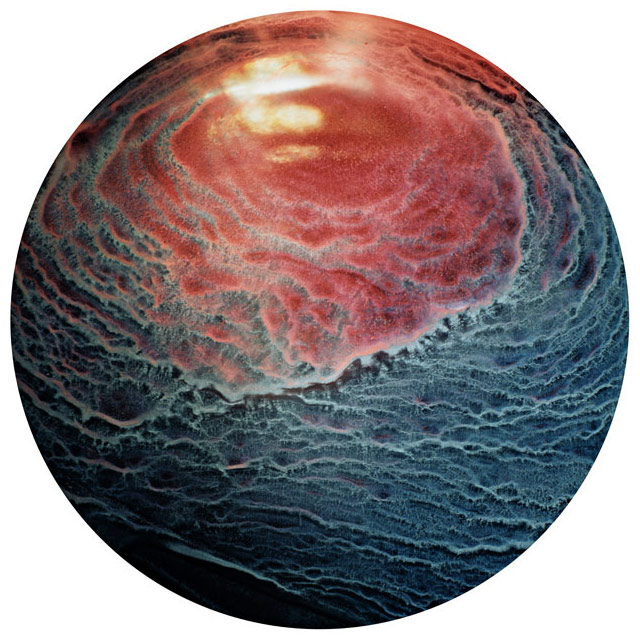Vanishing Spirits
Photographer Ernie Button photographs the dried remains of single malt scotch whiskies, which end up looking like desolate landscapes on distant worlds.


Curious as to how these patterns were formed by some kinds of whiskey but not others, Button reached out to an engineering professor at Princeton.
Dr. Stone’s group found that the key difference in whisky is that unlike coffee, it consists of two liquids — water and ethyl alcohol. The alcohol evaporates more quickly, and as the fraction of water increases, the surface tension of the droplet changes, an effect first noticed in the 19th century by an Italian scientist, Carlo Marangoni. That, in turn, generates complex flows that contribute to the patterns Mr. Button photographed.
“Here, they actually looked at what happens when you change the fluids that are drying,” said Dr. Yunker, who is soon heading to the Georgia Institute of Technology as a physics professor, “and they found some very neat effects.” (That would be neat in the usual sense of “cool and intriguing” and not as in “I’ll have my whisky neat.”)
(via @pomeranian99)





Stay Connected